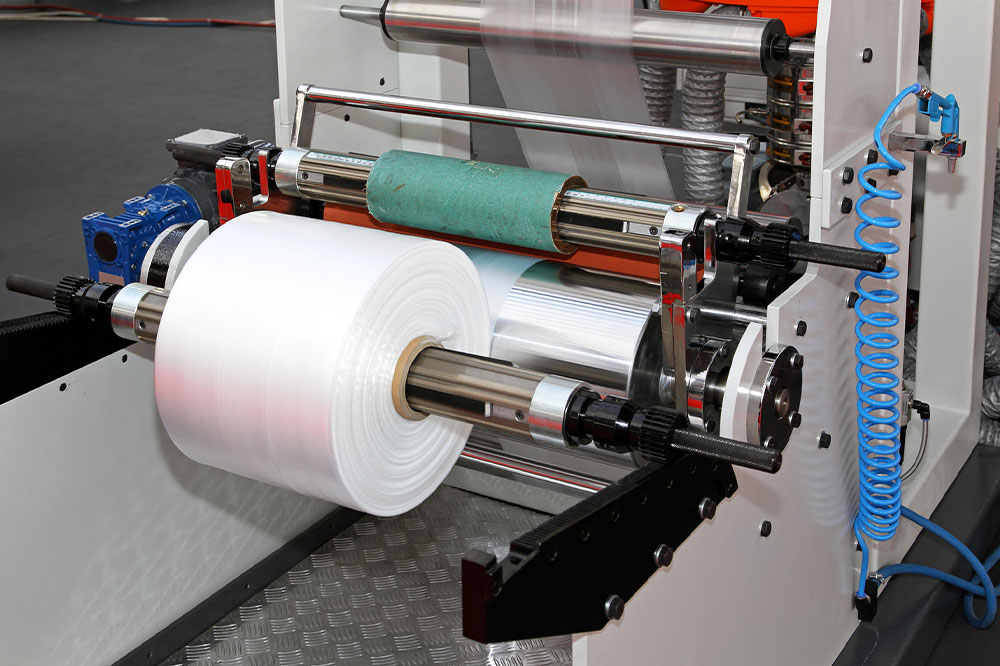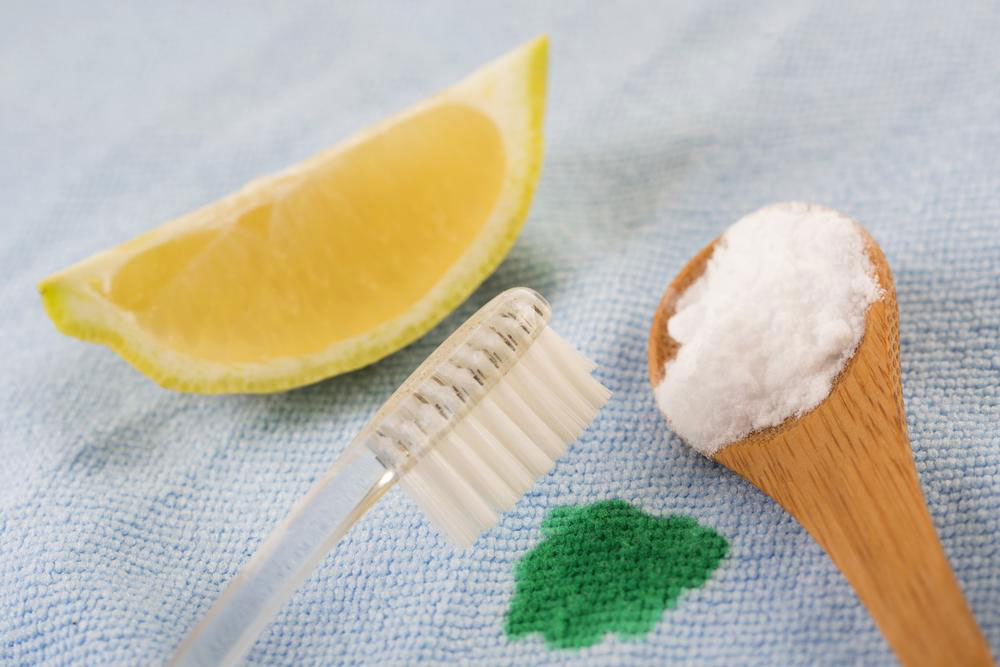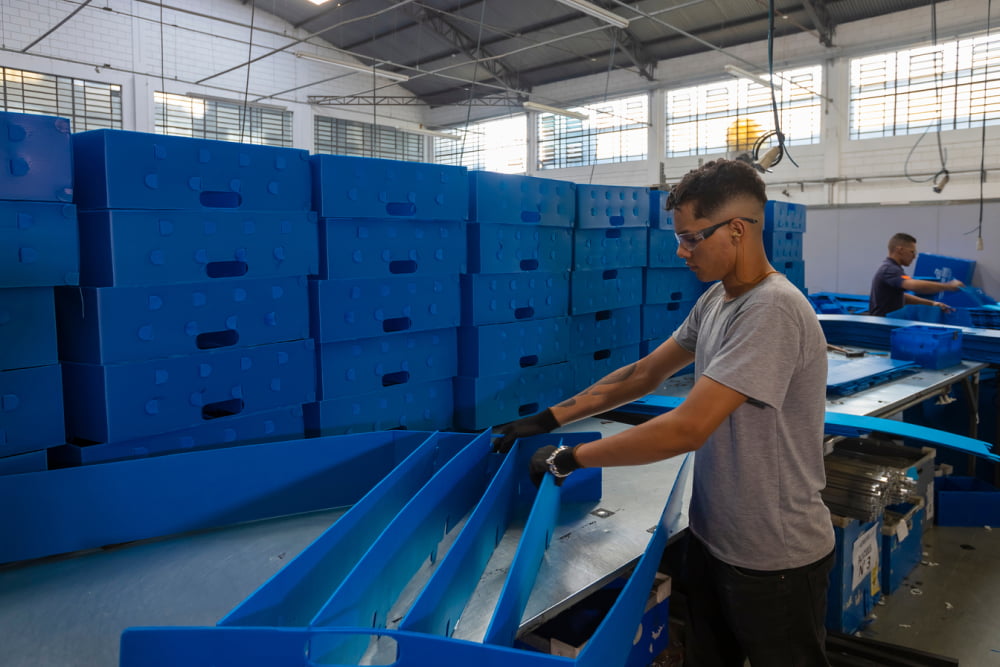Industries' Common Plastic and Polymer Types: An Overview
This article provides an overview of common plastics and polymers used across industries, highlighting their properties, applications, and safety considerations. It explains various types such as PET, HDPE, PVC, PP, and biodegradable options like PLA. Understanding these materials aids in sustainable use and proper recycling, preventing environmental impact while improving product performance in manufacturing and everyday applications.

Industries' Key Plastic and Polymer Varieties
Plastics are often viewed as a single material, but in reality, there are numerous types, each with specific properties like flexibility or durability. These variations ensure products perform their intended functions effectively. Plastics are also polymers, often enhanced with additional layers for strength. In this article, we explore the most frequently produced plastics and polymers used across industries.
Types and Characteristics of Plastics and Polymers
Plastics are synthetic materials that can be reshaped when softened and hardened to hold specific forms.
As previously mentioned, plastics are also polymers, composed of repetitive units layered together. Here are some prominent plastics and polymers produced by the chemical industry:
Polyethylene Terephthalate (PET or PETE)
PET is a lightweight, strong, transparent plastic widely used in food packaging and textile fibers like polyester. Examples include beverage bottles, food containers, and clothing. Products labeled with "rPET" contain recycled PET material.
High-Density Polyethylene (HDPE)
HDPE is a tough, chemical-resistant plastic suitable for making containers, pipes, and other structural applications. Typical items include milk jugs, detergent bottles, playground equipment, and high-quality water bottles with HDPE linings.
HDPE: Known for its strength and chemical resistance, used in cartons, pipes, and durable containers.
LDPE: More flexible and softer, ideal for bags, wraps, and liners like bread bags, cling film, and garbage bags.
LLDPE: Resistant to punctures and chemicals, used in toys, cable coatings, and packaging pouches.
Polyvinyl Chloride (PVC or Vinyl)
PVC is versatile, durable, and weather-resistant, often used in construction and healthcare devices like pipes, cables, and sterilized medical equipment. However, it can release toxins, making it hazardous to health.
Polypropylene (PP)
A highly heat-resistant plastic, ideal for food containers, bottle caps, and medical syringes, as well as packaging films and disposable items.
Polystyrene (PS)
Commonly known as Styrofoam, PS offers insulation and affordability, used in food containers, cups, and packaging materials. It can pose health risks during manufacturing and disposal.
Polylactic Acid (PLA)
A biodegradable plastic suitable for eco-friendly packaging, utensils, and medical implants. It is also popular in 3D printing, offering sustainable alternatives.
Other Plastics
This group includes plastics used in sports bottles, lighting, and electronics, serving various commercial needs.
Understanding the complexities, health impacts, and recycling importance of plastics and polymers is essential for sustainable use. Proper disposal prevents environmental harm and promotes recycling efforts.









